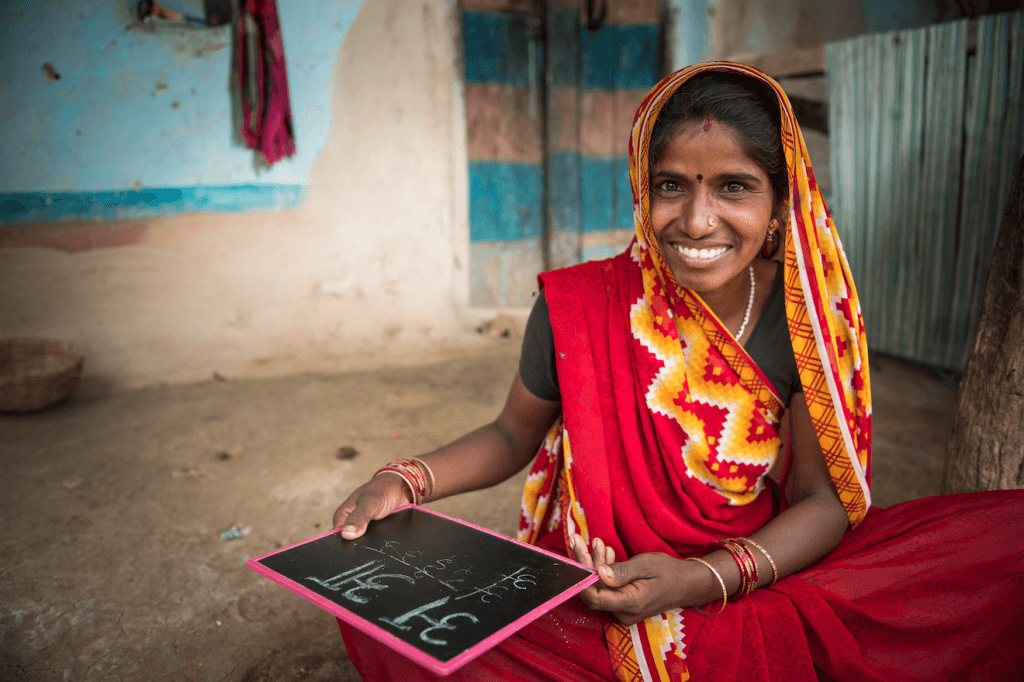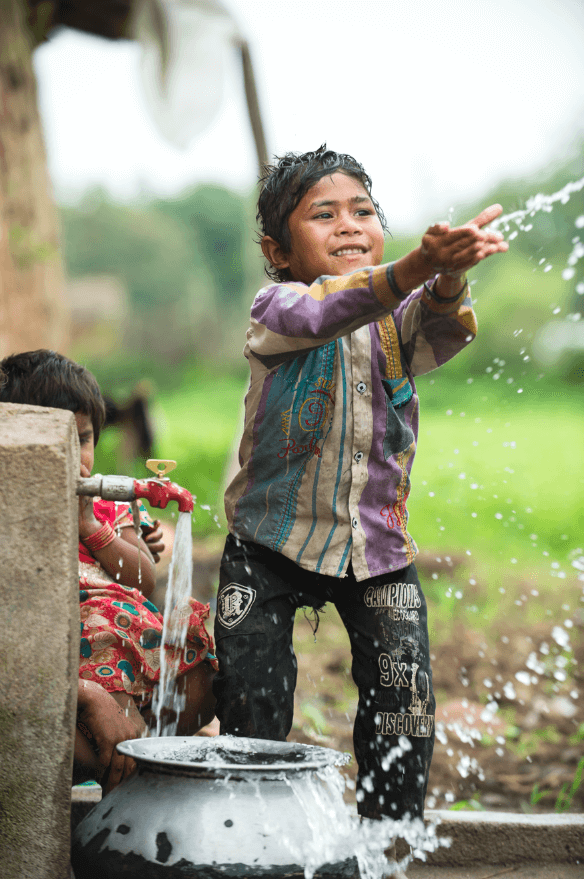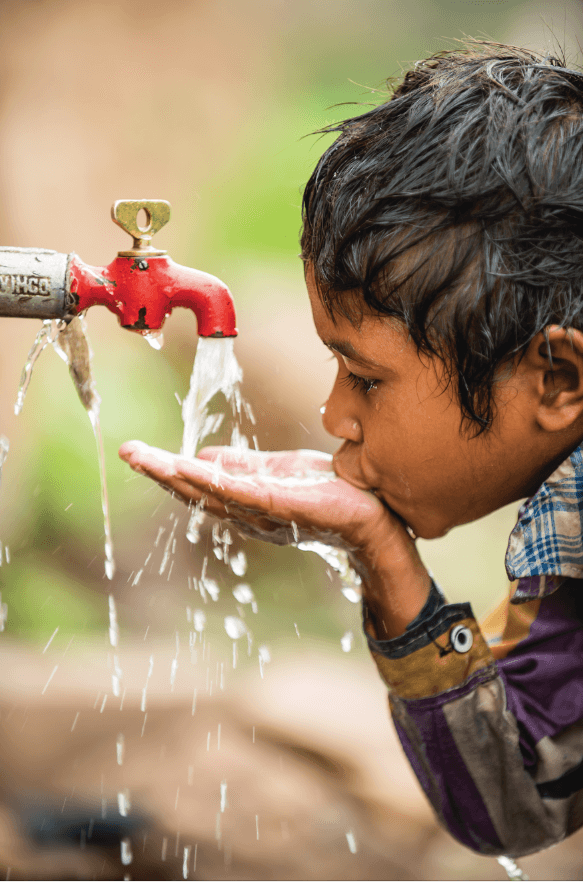There’s a new diamond project in India, and the company behind its development—Rio Tinto Group, one of the world’s largest diamond producers—is doing more than preparing to construct a mine site. The company is known for its commitment to sustainable development, and through this development is helping people who live in the area become healthier, happier, and more prosperous.
The developing mine is called the Bunder project, and it’s located in the Chhatarpur district in the Bundelkhand region of Madhya Pradesh, 311 miles southeast of Delhi, India’s capital. The estimated $500 million project, which was discovered in 2004, is exciting for India, because it’s the first diamond discovery in the country in more than 40 years
The Bunder project currently employs 350 people, 94 percent of whom are from Madhya Pradesh—and these numbers will likely double between now and 2019, when the mine is scheduled to become operational.
Better Access to Clean Water
After joining forces with Haritika, a local non-government organization, Rio Tinto Group employees set a goal to provide a reliable water supply to individual homes in the 15 core villages around Bunder (about 860 households containing close to 4,700 people). Working in tandem with the villagers, the employees analyzed results from a study on available water sources near each village, and then installed numerous bore wells and equipped them with solar-powered pumps to transport the water to collection tanks inside the villages. Next, pipelines were installed to take the water from the collection tanks into individual houses. Village Water and Sanitation Committees, comprised of villagers, have been established to manage the recurring expenses and keep the water clean. Just take a look at how this new water system has positively impacted the villagers:
• Villagers have more time. In the past, many villagers—usually women—would walk a half of a mile several times a day to collect water for cooking, bathing, and other domestic uses. Jagdish Singh of the Majora village says, “My mother used to spend more than three hours a day fetching water. She had to go down to a valley and climb back with two to three vessels of water.” Today, villagers can use that precious time more wisely.
• Villagers have gardens. Singh, for instance, has developed a kitchen garden that he can water. He has planted seeds to grow brinjal (eggplant), tomatoes, chillies, coriander, and more. This allows him to save 250 to 300 rupees per week, and he no longer has to spend any time traveling to buy the food.
• Villagers are enjoying improved health. Due to cleaner water, the villagers have seen a decrease in water-borne diseases (which means that incidences of certain health issues, such as vomiting, cholera, and skin problems, are going down).
• Villagers are making more money. Since Singh’s mother no longer has to spend three hours each day fetching water, she can now use that time to do tailoring work, which helps her earn more income for her family. Another young villager, Chote Raja from the Jagara village, notes that his mother got a job with her local Village Water and Sanitation Committee. She is paid to operate the water distribution system, and that income helps her support her family.
• Villagers have smiles on their faces. The convenience of having fresh water coming directly into their homes brings an immense amount of joy and relief to the villagers. In the past, a high water demand and a low water supply led to lots of quarreling, and all of that psychological stress and pressure was taking a toll on the villagers’ mental health. This new water system has created a calmer, friendlier atmosphere that gives villagers more time to socialize and relax. And it allows women to work more, which boosts not only their bank accounts, but also their self-confidence.

Wider Water Goals
Helping villagers gain direct access to clean water is only one small part of the larger water plan. Efforts are also focused on recharging the water table to prevent the newly dug wells from drying up. Beyond that, programs are in place to make sure that there is sufficient water to support agricultural initiatives. There are also plans to repair and maintain traditional water structures, deepen water augmentation ponds, repair hand pumps, and more.
Water conservation is also an extremely important goal. To help this drought-prone area, the company is harvesting rainwater, using waterless urinals and pour-flush toilets, and using drip irrigation for camp gardens. Also, the state-of-the art sample processing plant at Bunder is designed to reduce water consumption through recycling and water harvesting.

Making sure that water quality in the villages will be maintained once mining begins is a priority for the project. The wastewater from the sample processing plant is monitored daily and the water bores under Bunder’s control in the plant are monitored regularly. Plus, to ensure that the rainwater that may overflow from the tailing pond in monsoon season is not contaminated, a garland drainage system has been constructed.
Through the Bunder project, Rio Tinto strives to provide both an economic and environmental boost to India.
To learn more about this and other diamond industry initiatives helping communities around the world, visit the Diamond Empowerment Fund.

